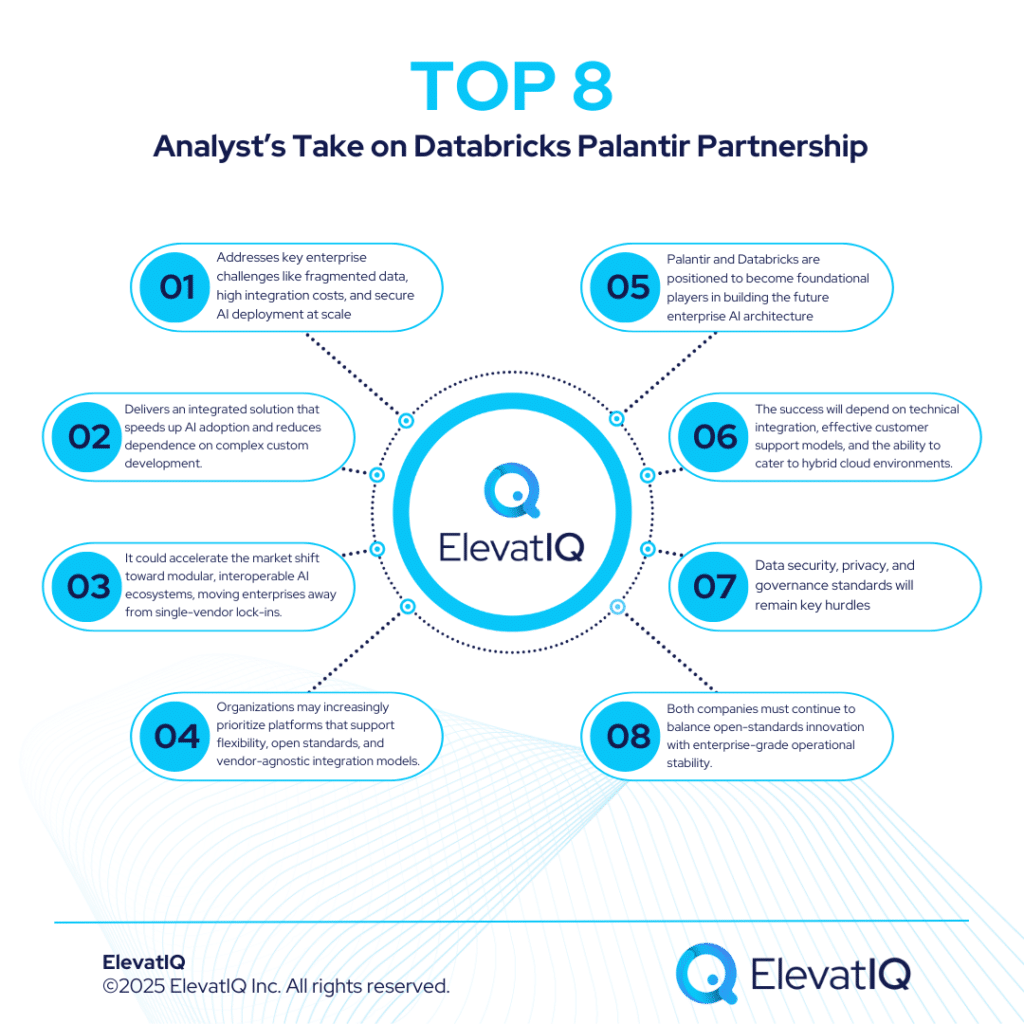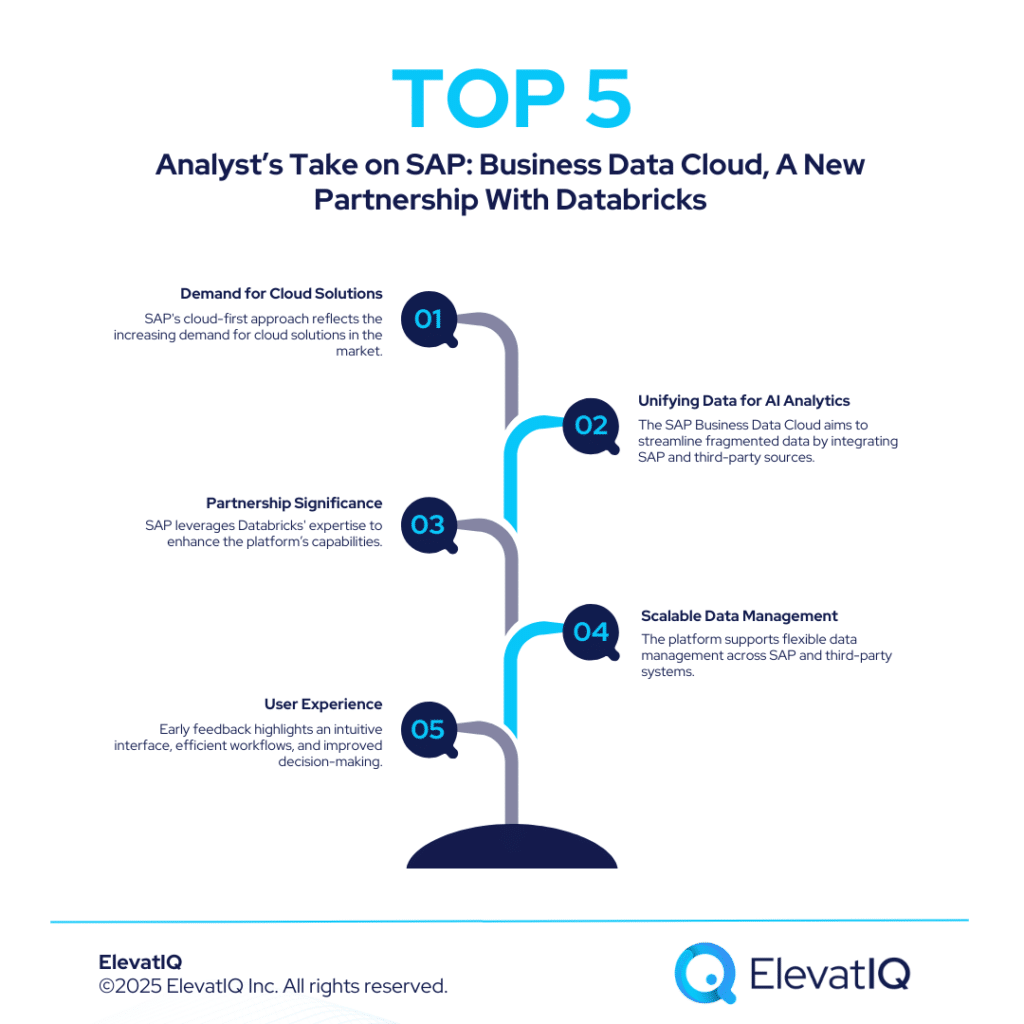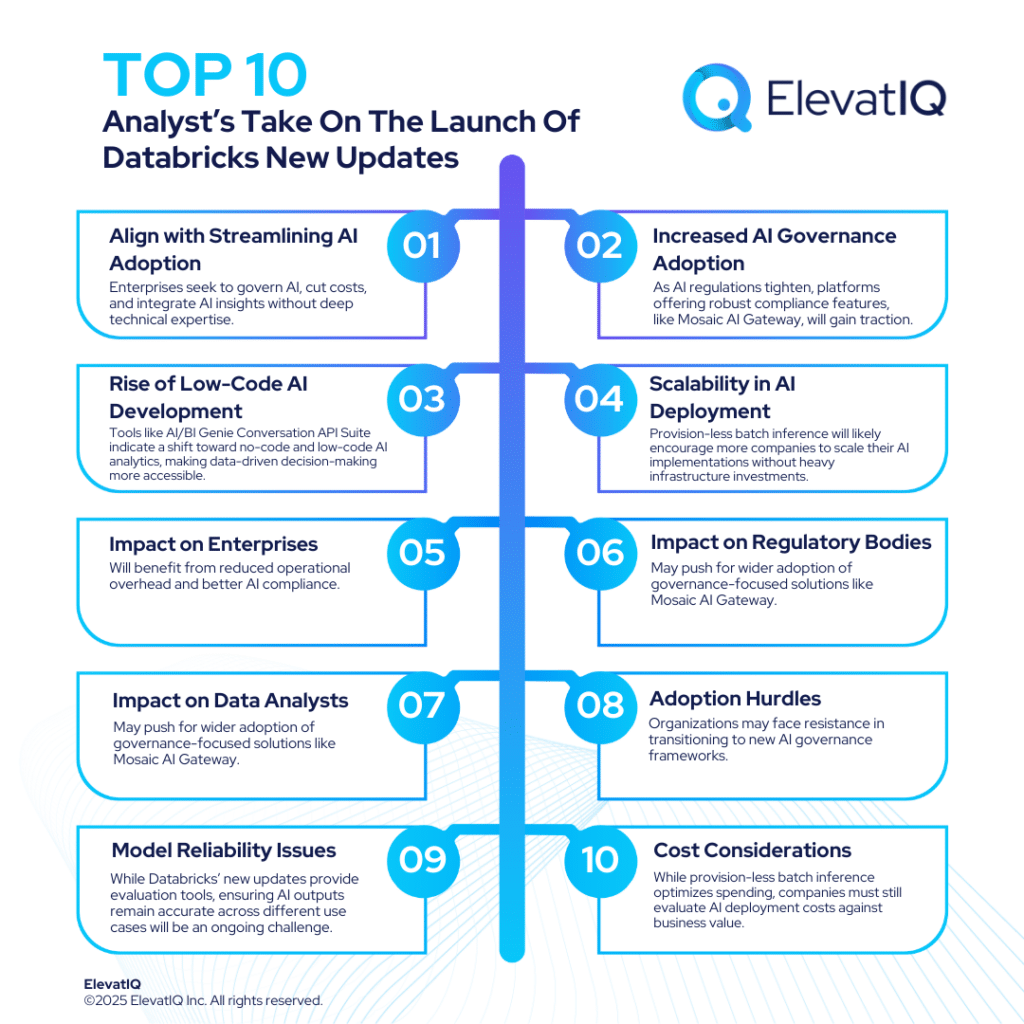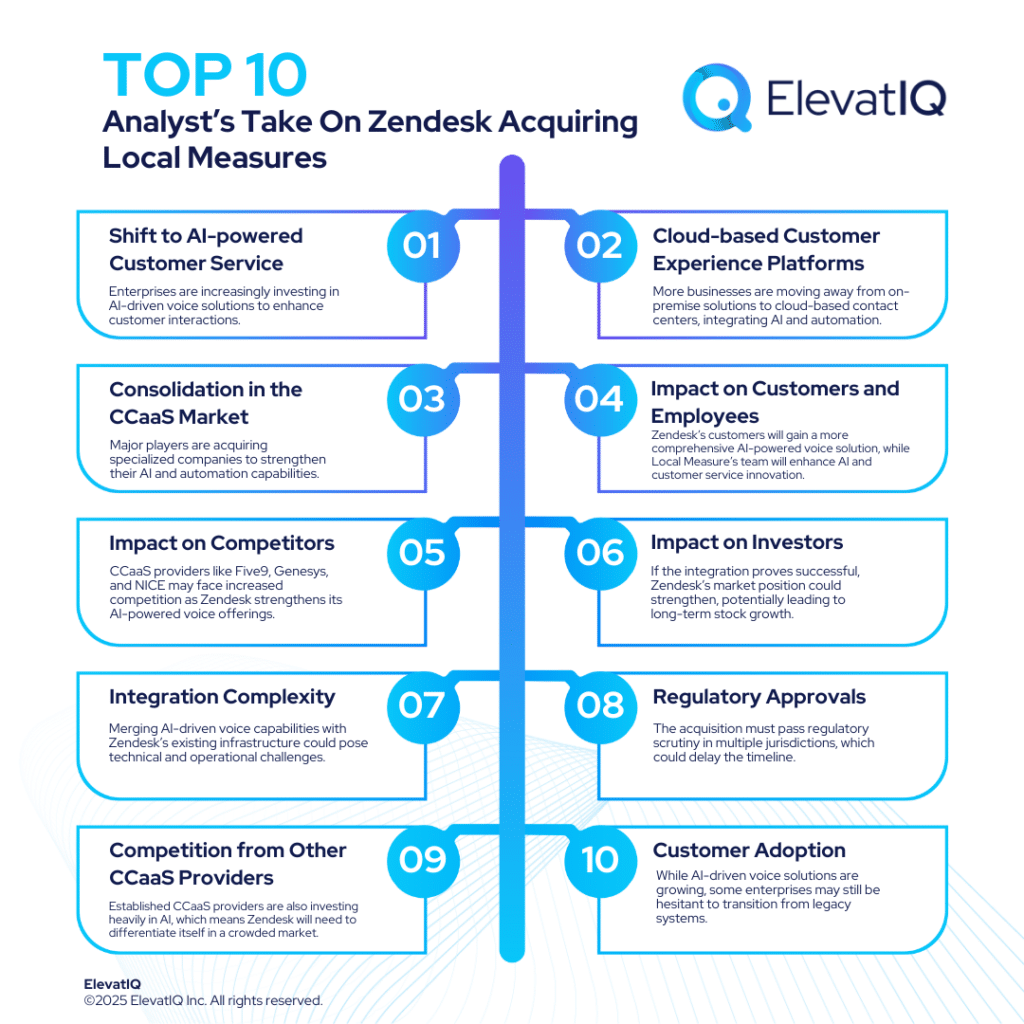Last Updated on April 9, 2025 by Shrestha Dash
The companies aim to simplify AI deployment, improve data governance, and lower operational costs by combining Palantir’s Ontology System with Databricks’ powerful data infrastructure. Let’s dig into the breakdown of the Databricks and Palantir partnership.
Breakdown of the Databricks Palantir Partnership
Details of the Databricks Palantir Partnership
The Databricks Palantir partnership will allow customers to use Palantir’s Ontology System on top of Databricks’ managed data, providing a streamlined approach to building, deploying, and auditing AI-driven workflows.
Palantir’s Ontology System models organizational data and logic into operational-ready AI layers, while Databricks offers scalable data engineering, machine learning tools, and governance through its Unity Catalog. Open standards such as Delta Sharing are supported, allowing secure data exchange across different ecosystems. Both companies emphasized that the Databricks Palantir partnership ensures customers maintain their technology choices without creating vendor lock-in. broader shifts, reinforcing its positioning as a cloud ERP leader for manufacturers.

Addressing Enterprise Challenges
One of the main objectives of the Databricks Palantir partnership is to reduce the cost and complexity of AI deployments for enterprises. Organizations often face fragmented infrastructure and high operational expenses when adopting AI solutions.
“We have heard from customers across industries that they want our technologies to work better together to accelerate their performance and reduce costs and duplication,” said Rory Patterson, Chairman of Databricks Federal. By combining their platforms, the Databricks Palantir partnership aims to eliminate redundancy, streamline operations, and reduce total cost of ownership.
Public and Private Sector Focus
The Databricks Palantir partnership will serve both public and private sector organizations.
In government settings, the collaboration will help agencies meet strict security, compliance, and operational requirements when working with sensitive or classified information. Industries such as healthcare, finance, manufacturing, and energy will also benefit by using the integrated solution to automate decisions, build intelligent data products, and deploy AI securely at scale.
Ted Mabrey, Palantir’s Global Head of Commercial, said, “The integration of our platforms reduces cost and complexity for our customers and provides a foundation to rapidly accelerate their operations into the AI era.”
Industry Implications of the Databricks Palantir Partnership
Following the announcement, Palantir’s stock rose by 1.6%, showing a positive early market reaction. Analysts suggest that the Databricks Palantir partnership could intensify competition for legacy enterprise platforms by offering a more flexible and integrated approach to AI and data management. The partnership also reflects a broader industry trend towards open standards, interoperability, and stronger data governance, as organizations look to expand their use of AI technologies in mission-critical operations.

Analyst’s Take on the Databricks Palantir Partnership
Pain Points Addressed
- The Databricks Palantir partnership addresses critical enterprise challenges, including fragmented data systems, high costs associated with custom integrations, and difficulties in securely operationalizing AI models at scale.
- By offering a tightly integrated solution, the partnership lowers barriers to AI adoption. It also improves speed-to-deployment for organizations across industries, reducing reliance on complex custom development.
Impact on Stakeholders
- CIOs: Gain simplified integration pathways, reduced infrastructure complexity, and enhanced ability to operationalize AI initiatives without increasing security risks.
- Data Scientists: Benefit from better-aligned data models and AI layers, making model training, validation, and deployment more efficient and scalable.
- Government IT Leaders: Can implement AI workflows that meet stringent regulatory, security, and compliance requirements while minimizing vendor lock-in risks.
- Enterprise Developers: Access a unified operational layer that enables faster application development, integration of AI capabilities, & reduced duplication of effort.
- Private Sector Companies: Obtain a more modern and interoperable AI infrastructure to automate operations, decision-making, and innovation.
- Public Sector Agencies: Strengthen their ability to deploy mission-critical AI applications while adhering to compliance mandates with greater operational agility.
Future Predictions
- The Databricks Palantir partnership could accelerate the market shift toward modular, interoperable AI ecosystems, moving enterprises away from single-vendor lock-ins.
- Organizations may increasingly prioritize platforms that support flexibility, open standards, and vendor-agnostic integration models.
- Palantir and Databricks are positioned to become foundational players in building the future enterprise AI architecture, especially for regulated industries.
Considerations and Challenges
- Both companies must continue to balance open-standards innovation with enterprise-grade operational stability to sustain long-term customer trust.
- The success of the partnership will depend on seamless technical integration. Also depends on the effective joint customer support models, and the ability to cater to hybrid and multi-cloud environments.
- Data security, privacy, and governance standards will remain key hurdles, particularly for customers handling classified or highly regulated datasets.







